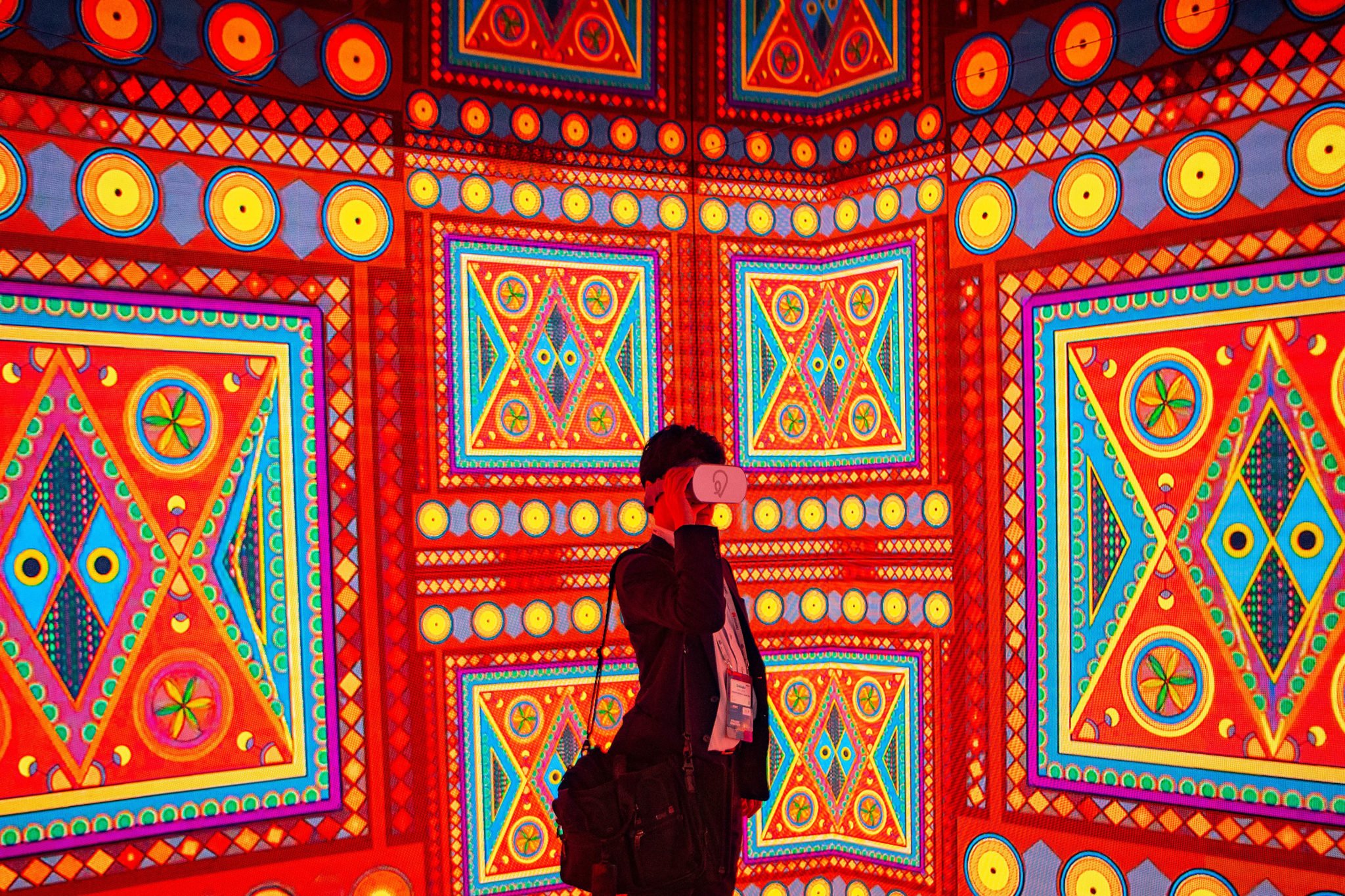Elon Musk has theorized we are living in a computer simulation.
“If you assume any rate of improvement at all, games will eventually be indistinguishable from reality,” says the SpaceX CEO. “We’re most likely living in a simulation.”
Promoted by a long line of philosophers and filmmakers from Jean Baudrillard to the Wachowski siblings, the theory seems likely as more of the general population becomes hardwired into virtual worlds. What happens online can affect our professional, social and financial states (positively and negatively).
While the majority of our virtual frameworks today are built around social media platforms, streaming and back-end portals, the “real” world and the “simulated world” are blurring even further via the adoption of Virtual Reality (VR). The first mainstream adoptions of this technology have been corporations, who are using VR to sell users promotional experiences while generating publicity around their core product offerings. Executives who recognize the value of VR, and leverage it across multiple media channels for distribution and brand association, raise awareness for their company through a new type of digital communications campaign—and in so doing, become the architects of our simulated lives.

Virtual reality has been used for promotional content predominantly since its entry into consumer interest circa 2014. Although few people had VR headsets in 2014, analysts at Tractica, TrendForce and Statista have predicted that over 200 million people will own the equipment by 2025; currently, the number is approximately 98.44 million.
Since virtual reality involves massive audiences, established brands need to promote with VR in order to remain relevant through hyper-evolving media channels. Senior teams, however, often consist of hardworking employees who rose through the ranks over decades, decision-makers typically unacquainted with contemporary tech and far from the pulse of virtual reality audiences. These executives need to understand virtual reality is a new medium, and early adopters want entertainment, not advertisements.
Consumers buy headsets and want to get use out of these headsets. If they fire up their new device and become instantly bombarded with ads, they become turned off and disillusioned with the VR headset they purchased. While VR can be an incredible marketing tool, with millions of interested consumers, as we saw at HBO, it can also be mismanaged to degrade brand quality in the hands of misinformed creators. In order to sell a brand, product or message, a company must first give away stellar media without asking for anything in return. Once they receive consumer trust, consumers will be inclined to buy even without the company outwardly asking in many cases.

Companies employing VR need to always advocate for quality content first and foremost. If the goal is to please consumers, then consumers will talk about the company and promote the brand. By promoting provocative content and avoiding overly promotional material, we were able to generate billions of media impressions at HBO as opposed to hundreds or millions. In an age of social media, publicity stunts are the name of the game. Let other people advertise for you.
Restaurants get this. The New York City ice cream parlor Soft Swerve introduced a violet-colored soft serve product and provided consumers a funky wallpaper photo-op in the store to encourage Instagram posting. Foodies would fly into NYC just to try the violet ice cream and add the photo to their social media feeds. Each post was organically shared with hundreds, thousands, sometimes even millions of followers. While patrons consumed real-world physical edibles inside the retail location, Soft Swerve created a whole brand presence in the virtual realm, and this environment is what brought the brand immense business and global publicity.
Virtual exhibitions are timeless. In the early 1900s, Harry Houdini built a brand in the media through captivating visual stunts involving straitjackets and cranes, and by tying his name to the art of magic—an iconic image that has endured almost 100 years after his death. Magic historians will tell you that Houdini’s best skill was not his death-defying escapes, but his unique affinity for the press. Most of the depictions relied on myths and secondhand accounts but promoted Houdini’s image internationally.
In the space between the reporter penning a depiction of Houdini’s stunt and the audience miles away (an audience that later went on to share these tales and propagate Houdini’s brand into the public ether), in that space between the penman and the audience (an audience separated by miles in space and miles in time) lies the “virtual realm.” This imagined space with magic and wonder has continually evolved over centuries, from the worlds created through the printing press to the ones on our smartphone screens. When expertly harnessed, this realm can be a vehicle for supercharging armies of everyday people who will rally around, vouch for and promote a brand.
There is a deep intrinsic lesson from both Soft Swerve’s Instagram success and Houdini’s death-defying escapes.
Let other people advertise for you.
How do you do that?
Build a virtual reality experience.
Mike Sadowitz is Partner at Paradox Public Relations, a communications firm combining a traditional public relations approach with savvy digital campaigns to ensure client messaging enters as many screens and minds as possible. Before joining Paradox, Mike founded HBO’s internal virtual reality operations in New York City, where he brought the company its first-ever virtual reality promos with Emmy-award winning talent. He has spoken about virtual reality on the TedX stage and launched the Brooklyn-based VR studio Brain Pops in 2019.






